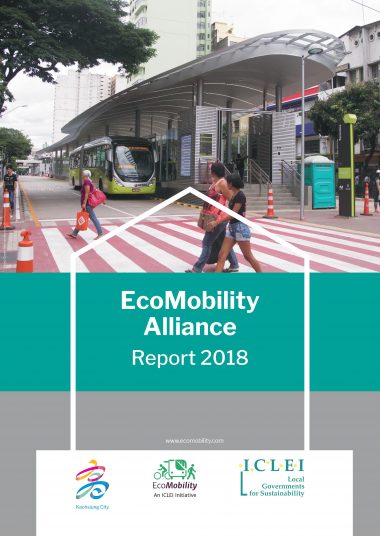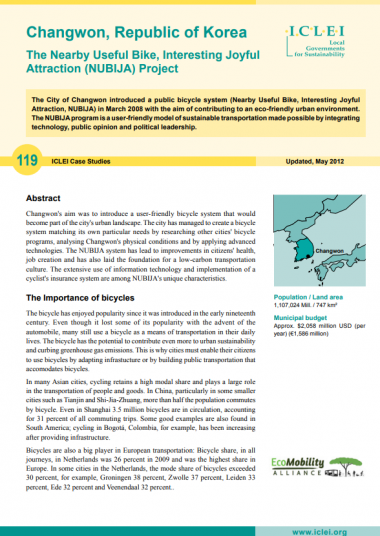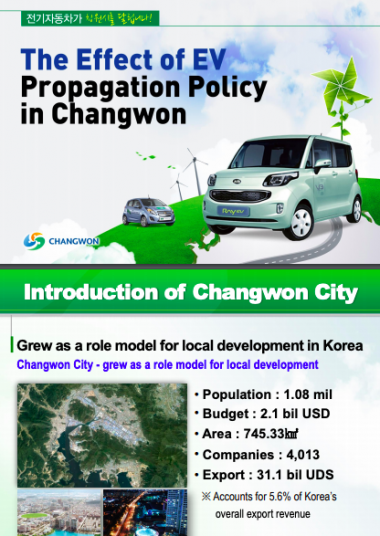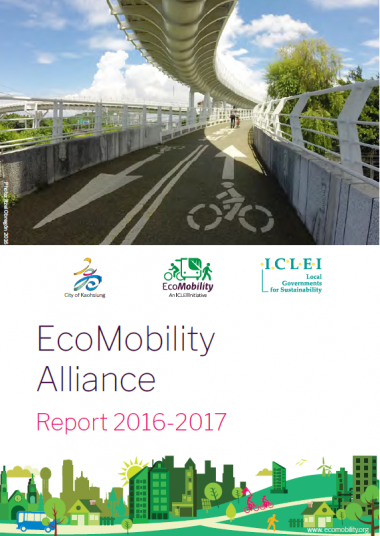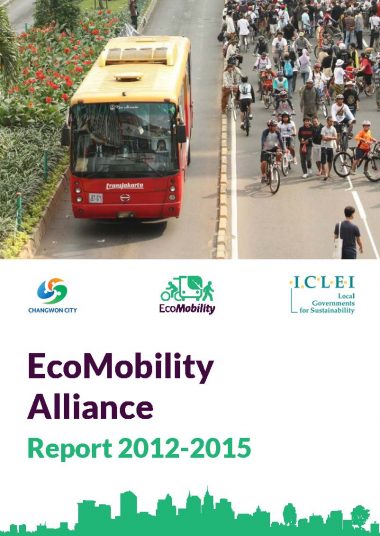Changwon, a city in the southeast coast of South Korea, faces an annual haze problem which is exacerbated by vehicle emissions. The Ministry of Environment reports that Changwon has the greatest number of both electric vehicles in the country, with 989 electric cars, 178 fuel-cell cars, and five electric buses as of 2018. To encourage this growth, the city is investing significantly in deploying EV and infrastructure.
The city is advancing its efforts by adopting the Zero Emission Vehicle (ZEV) Action Plan 2018–2022, a strategy to put Changwon on a path to achieve a reduction in carbon emission by 2030. The goal of this is to have 10,000 ZEVs by 2022, and so the city has worked to incorporate EVs and other low/no emission vehicles into the transportation system. To encourage the uptake of ZEVs, the city is pursuing initiatives such as providing support to purchase ZEVs after scrapping old vehicles and private ZEV parking spaces and toll discounts.
A substantial component of the ZEV Plan is to work with the automotive manufacturers. While the local government provides a subsidy for ZEVs, charging facilities and better services, manufacturers are required to have high-quality service and technology to attract more customers. As of 2017, 6.5 million USD was invested to deploy EVs, fuel-cell EVs (FCEVs), and 50 quick-charging stations in the city. In 2018, two FCEV charging stations were established. The impacts can already be seen with reduction of 1,357 tons of CO2 emission and fuel cost savings of 860,000 USD.
To create a livable city, Changwon complemented the ZEV Plan with other strategies, including introducing the urban railway tram by 2025. The city maintains excellent cycling facilities: 603 km of cycling path, 16,735 bike parking spots spread across 1,286 locations and 151 public bike pumps. The NUBIJA bike sharing program with 3,932 bicycles is used by 15,000 users daily, reducing emissions by 5,488 tons of CO2 (2016). In the future, the city is planning to introduce a light rail tram by 2025 to connecting tourism and business hotspots.
